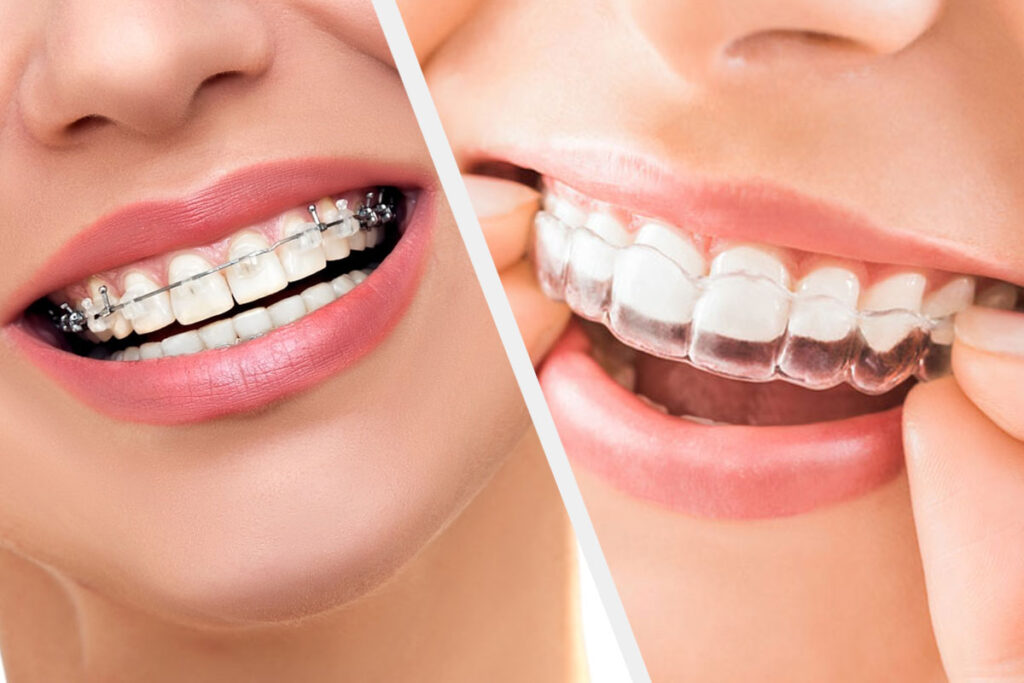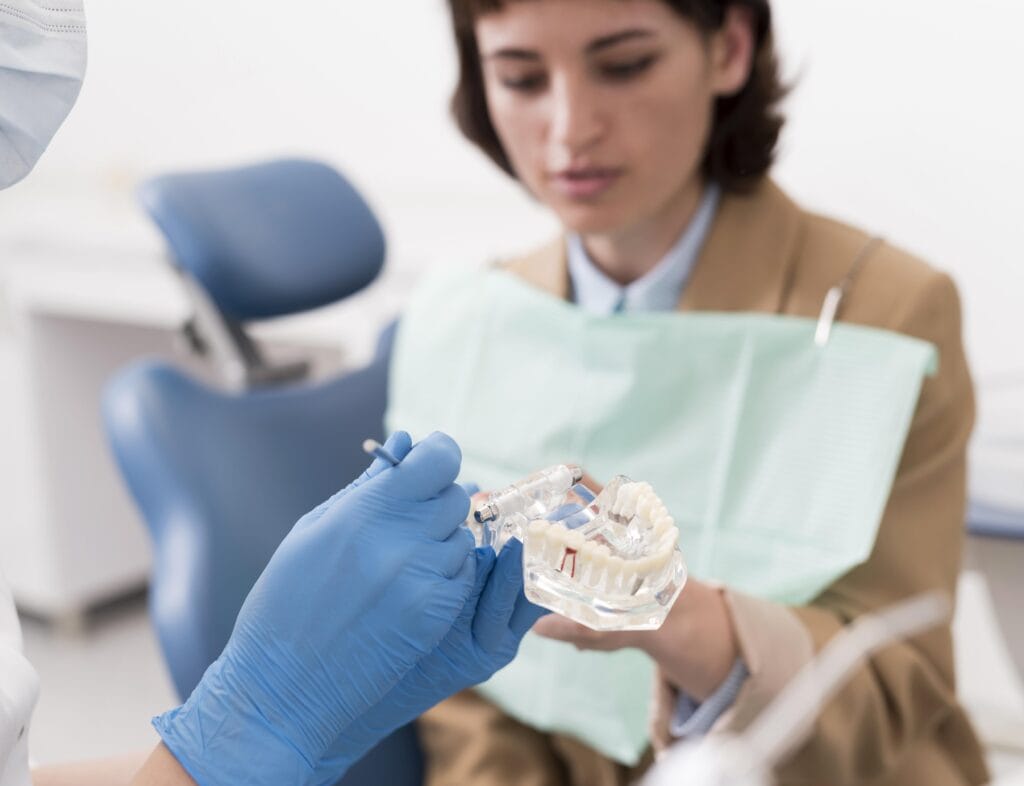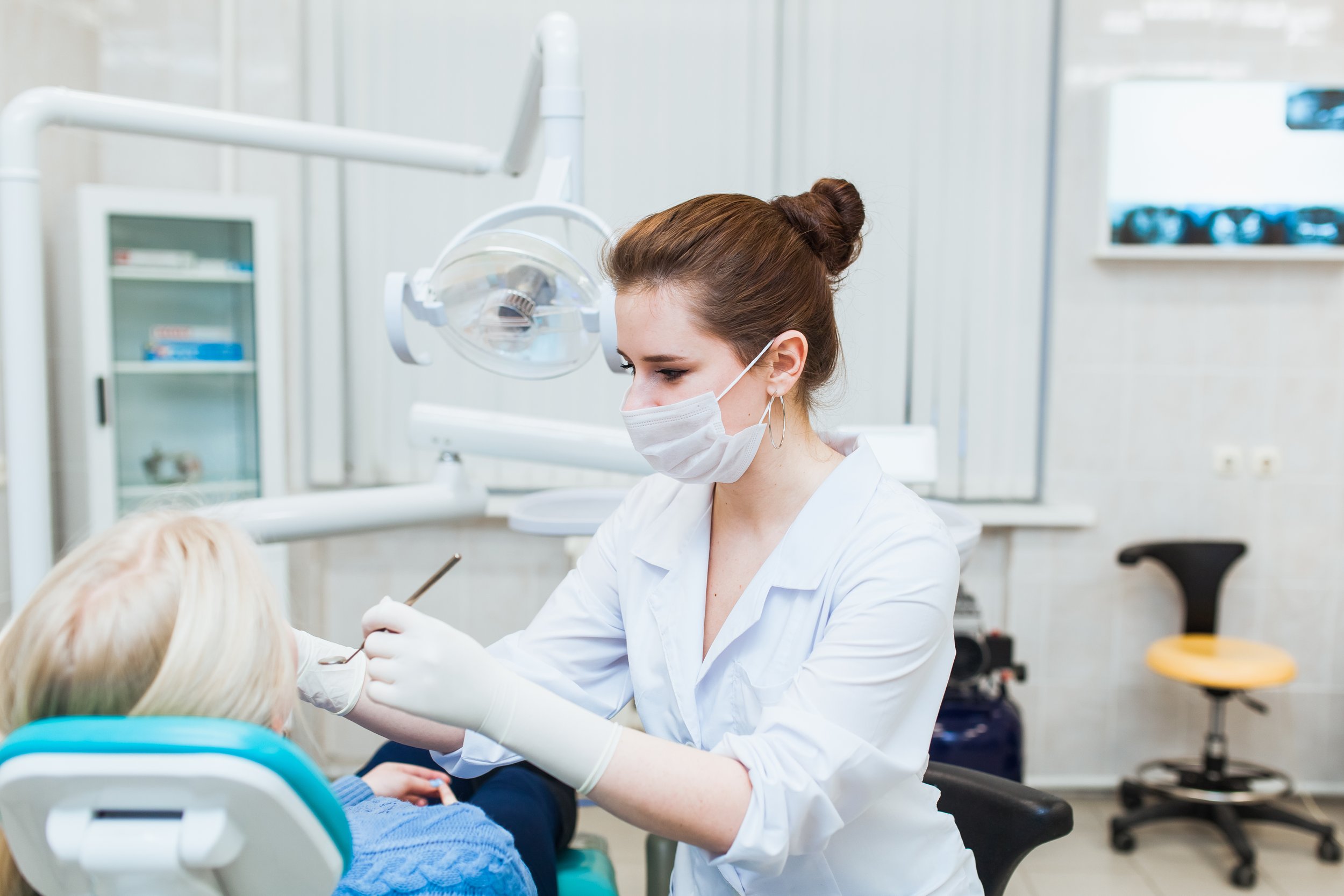Malocclusion, or misalignment of the teeth and jaws, isn’t just a dental issue—it can significantly impact overall health, including neck pain. The connection between malocclusion and neck pain stems from the intricate relationship between bite alignment, jaw positioning, and posture.
In this guide, we’ll explore how malocclusion contributes to neck pain, how dentists and healthcare providers address it, and the importance of proper alignment for optimal posture and health.
What Is Malocclusion?
Malocclusion refers to improper alignment of the upper and lower teeth when the jaws close. It can result from genetic factors, trauma, or habits like thumb-sucking during childhood.
Common Types of Malocclusion:
- Overbite: The upper front teeth excessively overlap the lower front teeth.
- Underbite: The lower teeth protrude beyond the upper teeth.
- Crossbite: Misalignment causes some upper teeth to sit inside the lower teeth.
- Open Bite: The upper and lower front teeth fail to meet when the mouth closes.
How Malocclusion Contributes to Neck Pain
The relationship between bite issues and neck pain involves the musculoskeletal system. The jaw is part of a complex network of bones, muscles, and nerves that extends from the skull to the neck and shoulders.
Key Factors Linking Malocclusion to Neck Pain:
- TMJ Dysfunction:
Malocclusion places strain on the temporomandibular joint (TMJ), leading to muscle tension that can radiate to the neck. - Postural Imbalances:
An improper bite can cause the head to tilt or jut forward, disrupting spinal alignment and straining the neck muscles. - Muscle Fatigue:
Misaligned teeth force the jaw muscles to overwork, creating tension that spreads to the neck and upper back. - Nerve Irritation:
Jaw misalignment can compress nerves connected to the head and neck, causing pain and discomfort.
Recognizing the Symptoms
Patients with malocclusion-related neck pain often report a combination of dental and musculoskeletal symptoms, including:
- Chronic neck stiffness or pain.
- Headaches, especially around the temples.
- Jaw clicking or locking.
- Shoulder tension.
- Difficulty chewing or speaking comfortably.
Diagnosing Malocclusion and Its Effects
1. Dental Evaluation:
Dentists assess the alignment of teeth and jaw joints during routine check-ups. Tools like panoramic X-rays and bite analysis software provide detailed insights into misalignments.
2. Postural Assessment:
Collaboration with physical therapists or chiropractors can help evaluate posture and spinal alignment issues related to the jaw.
3. TMJ Imaging:
Advanced imaging, such as MRI or CBCT scans, helps identify TMJ dysfunction contributing to neck pain.
Treating Malocclusion to Relieve Neck Pain
Treatment focuses on correcting bite alignment and reducing strain on the musculoskeletal system.
1. Orthodontic Solutions:
- Braces or Clear Aligners: Gradually reposition teeth for improved alignment.
- Orthognathic Surgery: For severe cases, surgery may correct jaw misalignments.
2. Occlusal Adjustments:
- Dentists may reshape biting surfaces or recommend custom occlusal splints to improve alignment.
3. TMJ Therapy:
- Jaw exercises, physical therapy, or appliances like nightguards can relieve tension in the TMJ and neck.
4. Posture Correction:
- Ergonomic adjustments and exercises help restore proper head and neck alignment, reducing strain.
5. Pain Management:
- Temporary relief can be achieved with heat therapy, massage, or medications to relax muscles and reduce inflammation.
Preventing Neck Pain Through Bite and Posture Care
1. Regular Dental Check-Ups:
- Early detection of malocclusion can prevent complications like TMJ dysfunction and postural issues.
2. Orthodontic Care:
- Addressing misalignments in children or teens minimizes long-term musculoskeletal problems.
3. Postural Awareness:
- Maintaining good posture during daily activities reduces strain on the neck and jaw.
4. Jaw Relaxation Techniques:
- Simple exercises like jaw stretches and mindfulness of clenching habits can alleviate tension.
The link between malocclusion and neck pain highlights the interconnectedness of oral health and overall well-being. Addressing bite issues through orthodontic care, posture correction, and TMJ therapy can significantly improve comfort and quality of life.
By combining dental expertise with a multidisciplinary approach, patients can find lasting relief from both dental and musculoskeletal discomfort.





